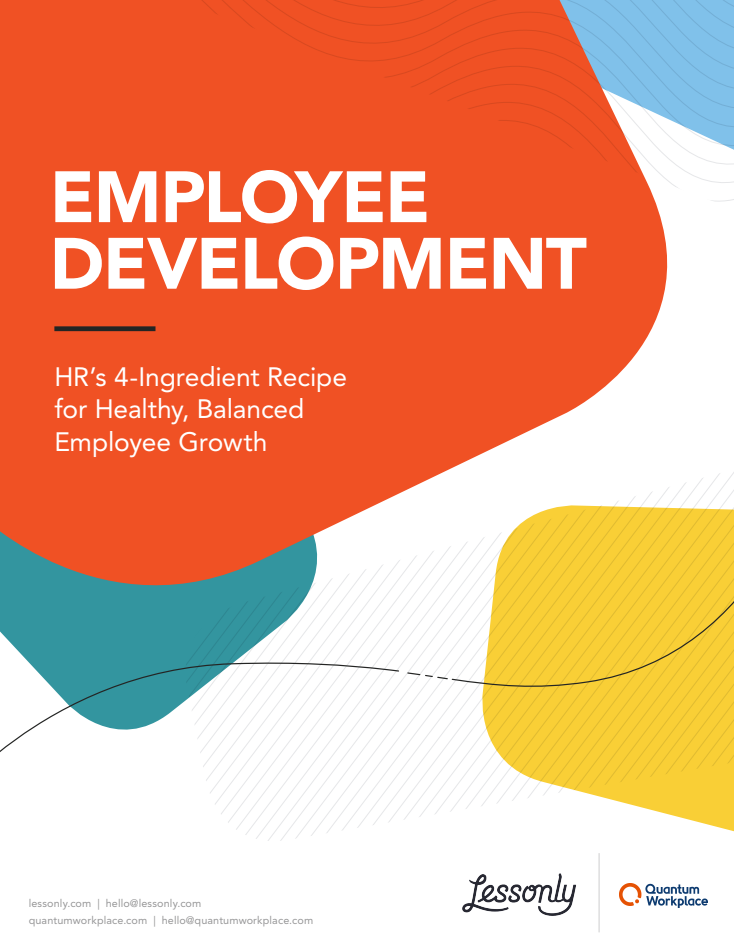Learn how to foster employee growth with:
-
Impactful learning and development opportunities that employees crave
-
Ongoing coaching from managers and peers
-
A culture of consistent, honest feedback
-
Authentic recognition that rewards strong performance

